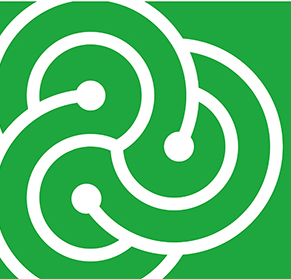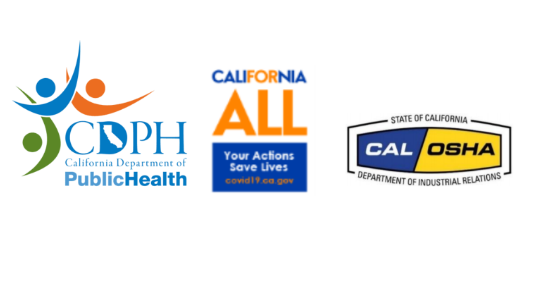Title Page
-
Entity Name
-
Inspection Date
-
Inspector
-
Address
Standard Microbiological Practices
-
The laboratory supervisor must enforce the institutional policies that control access to the laboratory
-
Persons must wash their hands after working with potentially hazardous materials and before leaving the laboratory.
-
Eating, drinking, smoking, handling contact lenses, applying cosmetics, and storing food for human consumption must not be permitted in laboratory areas.
-
Food must be stored outside the laboratory area in cabinets or refrigerators designated and used for this purpose.
-
Mouth pipetting is prohibited; mechanical pipetting devices must be used.
-
Policies for the safe handling of sharps, such as needles, scalpels, pipettes, and broken glassware must be developed and implemented.
-
Whenever practical, laboratory supervisors should adopt improved engineering and work practice controls that reduce risk of sharps injuries.
-
Perform all procedures to minimize the creation of splashes and/or aerosols.
-
Decontaminate work surfaces after completion of work and after any spill or splash of potentially infectious material with appropriate disinfectant.
-
Decontaminate all cultures, stocks, and other potentially infectious materials before disposal using an effective method.
Special Practices
-
All persons entering the laboratory must be advised of the potential hazards and meet specific entry/exit requirements.
-
Laboratory personnel must be provided medical surveillance and offered appropriate immunizations for agents handled or potentially present in the laboratory.
-
Each institution should consider the need for collection and storage of serum samples from at-risk personnel.
-
A laboratory-specific biosafety manual must be prepared and adopted as policy.
-
The biosafety manual must be available and accessible.
-
The laboratory supervisor must ensure that laboratory personnel demonstrates proficiency in standard and special microbiological practices before working with agents.
-
Potentially infectious materials must be placed in a durable, leak proof container during collection, handling, processing, storage, or transport within a facility.
-
Laboratory equipment should be routinely decontaminated, as well as, after spills, splashes, or other potential contamination.
-
Incidents that may result in exposure to infectious materials must be immediately evaluated and treated according to procedures described in the laboratory biosafety manual.
-
All such incidents must be reported to the laboratory supervisor.
Safety Equipment (Primary Barriers and Personal Protective Equipment)
-
All procedures involving the manipulation of infectious materials must be conducted within a BSC (preferably Class II or Class III), or other physical containment devices.
-
Workers in the laboratory wear protective laboratory clothing with a solid-front, such as tie-back or wrap-around gowns, scrub suits, or coveralls.
-
Protective clothing is not worn outside of the laboratory.
-
Reusable clothing is decontaminated before being laundered.
-
Clothing is changed when contaminated.
-
Eye and face protection (goggles, mask, face shield or other splatter guard) is used for anticipated splashes or sprays of infectious or other hazardous materials.
-
Eye and face protection must be disposed of with other contaminated laboratory waste or decontaminated before reuse.
-
Persons who wear contact lenses in laboratories must also wear eye protection.
-
Gloves must be worn to protect hands from exposure to hazardous materials.
-
Glove selection should be based on an appropriate risk assessment.
Laboratory Facilities (Secondary Barriers)
-
Laboratory doors must be self closing and have locks in accordance with the institutional policies.
-
The laboratory must be separated from areas that are open to unrestricted traffic flow within the building.
-
Laboratory access is restricted.
-
Access to the laboratory is through two self-closing doors.
-
Additional sinks may be required as determined by the risk assessment.
-
The laboratory must be designed so that it can be easily cleaned and decontaminated.
-
Carpets and rugs are not permitted.
-
Seams, floors, walls, and ceiling surfaces should be sealed.
-
Spaces around doors and ventilation openings should be capable of being sealed to facilitate space decontamination
-
Laboratory furniture must be capable of supporting anticipated loads and uses.
Completion
-
Inspector summary and additional comments
-
Sign Off













